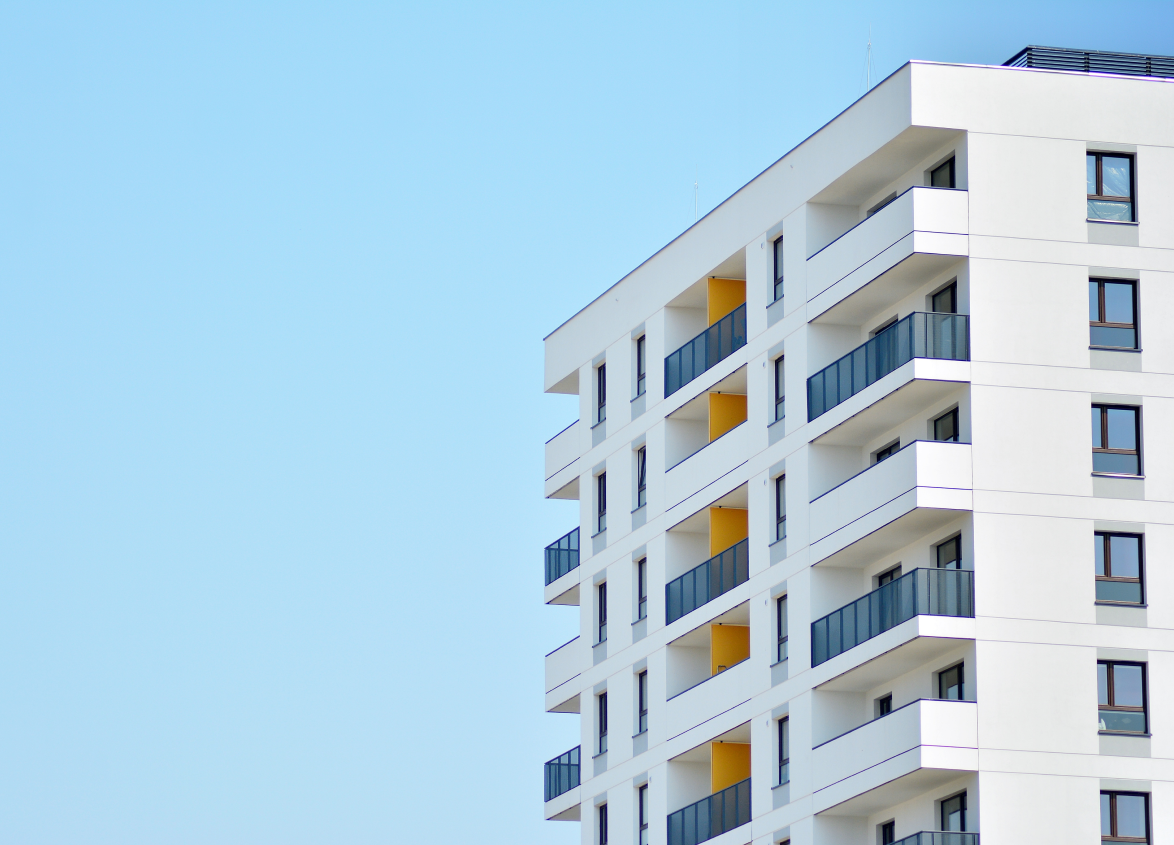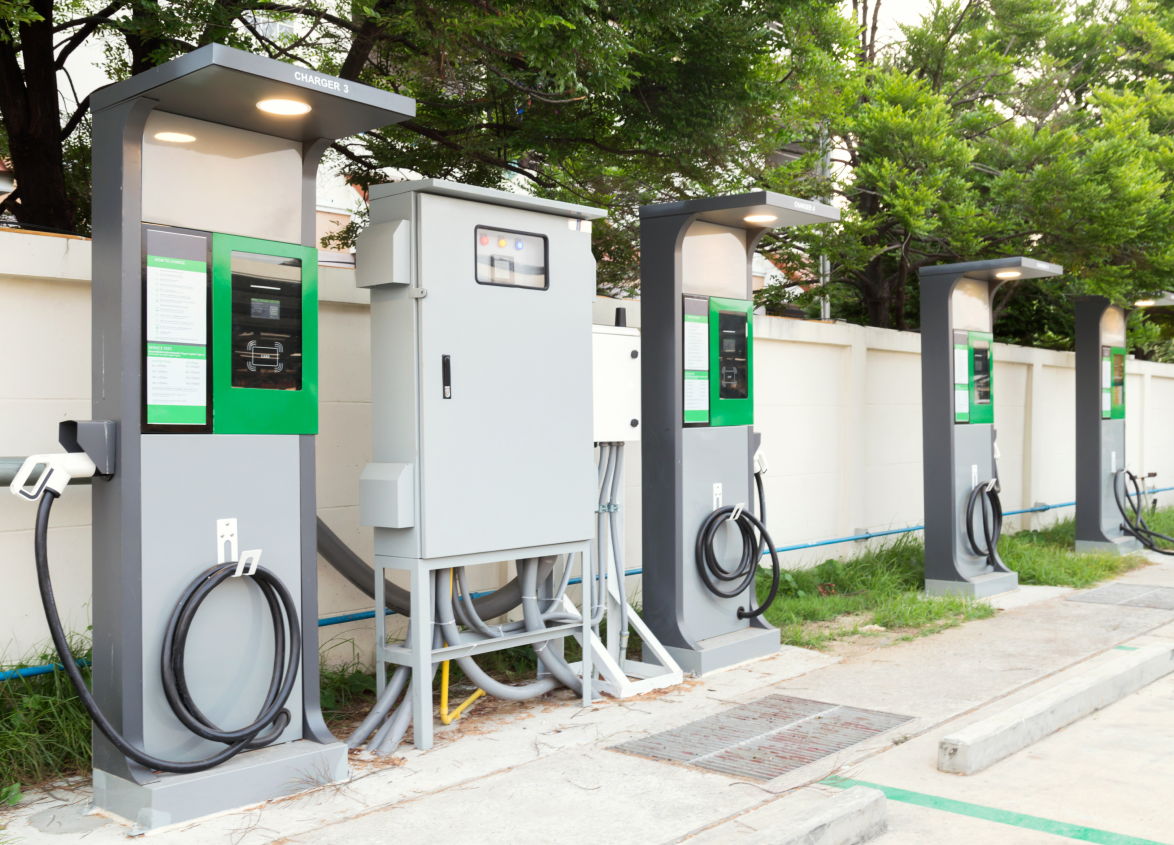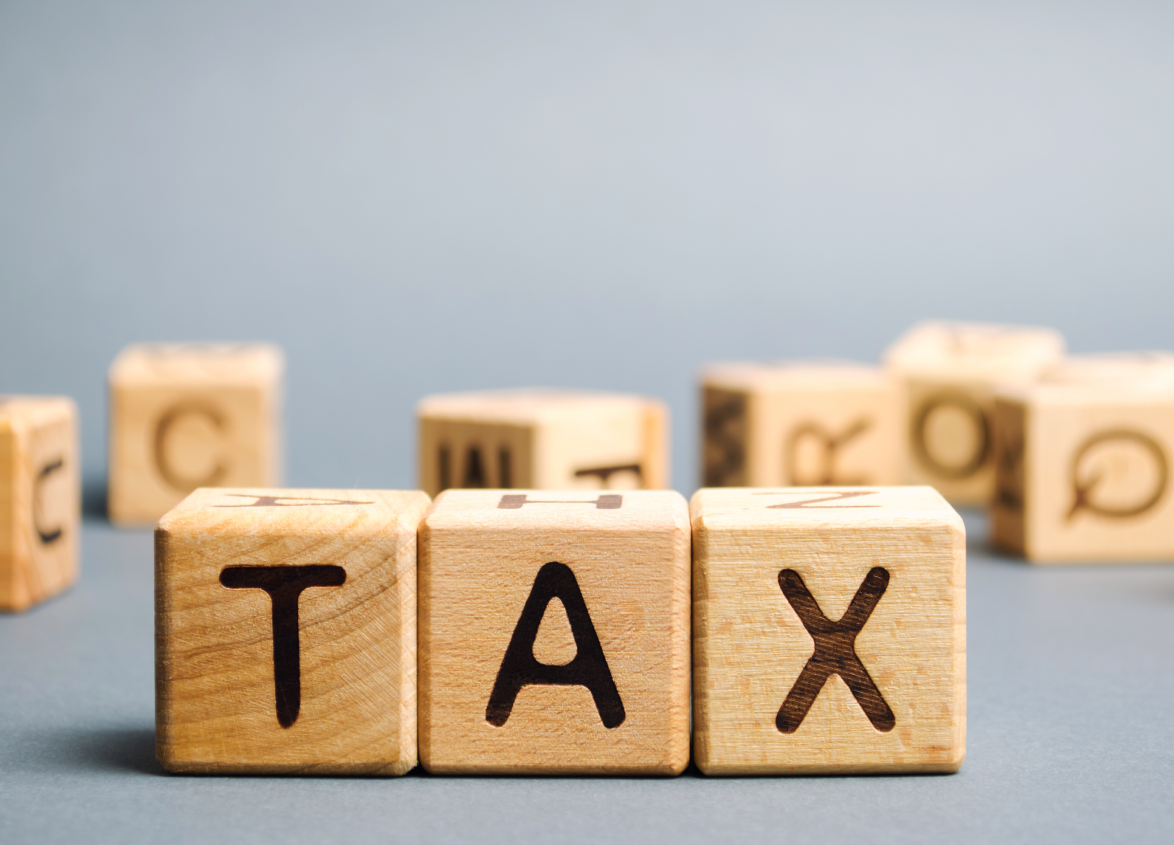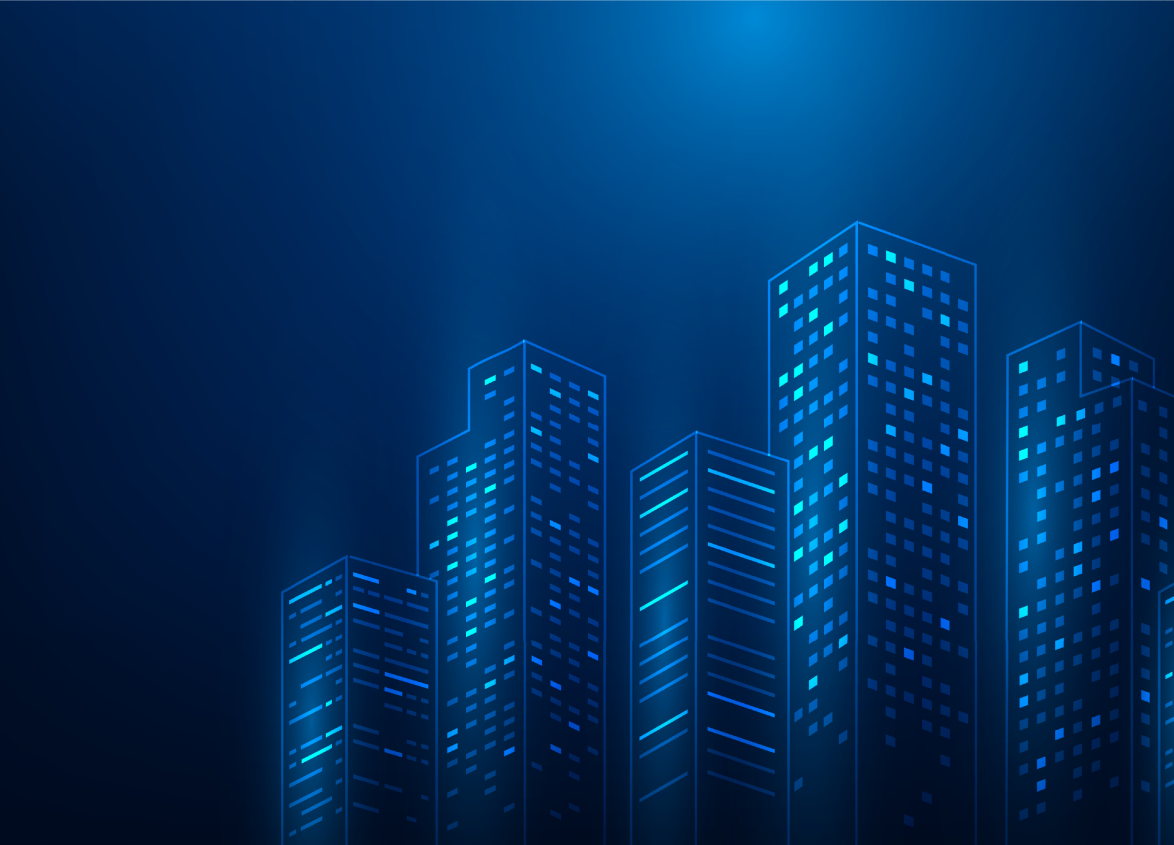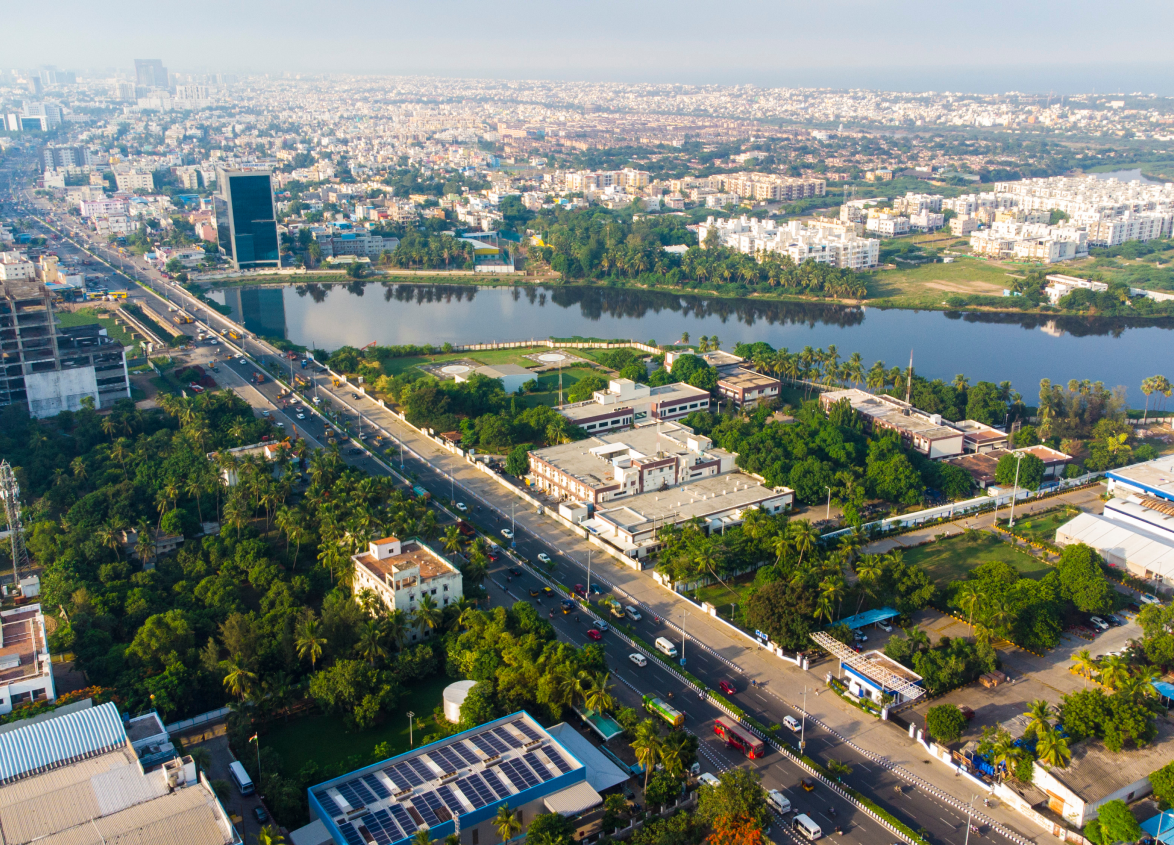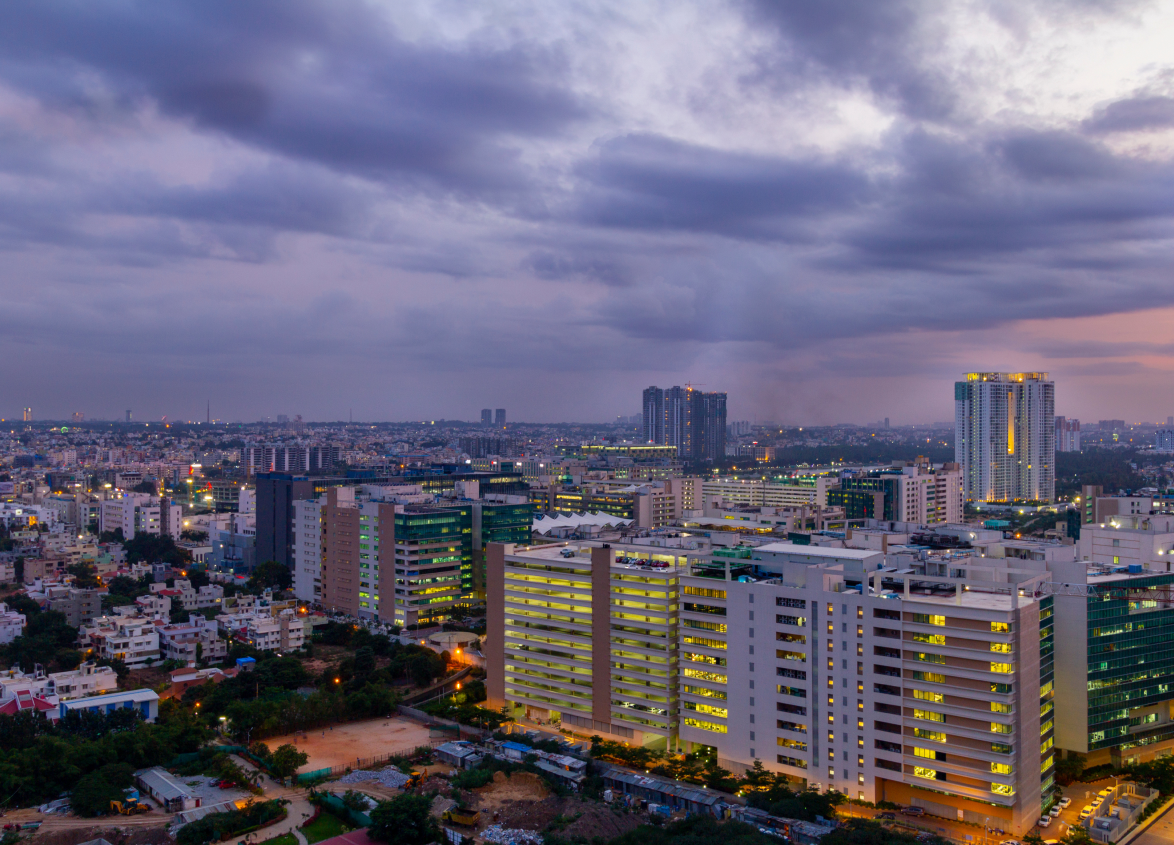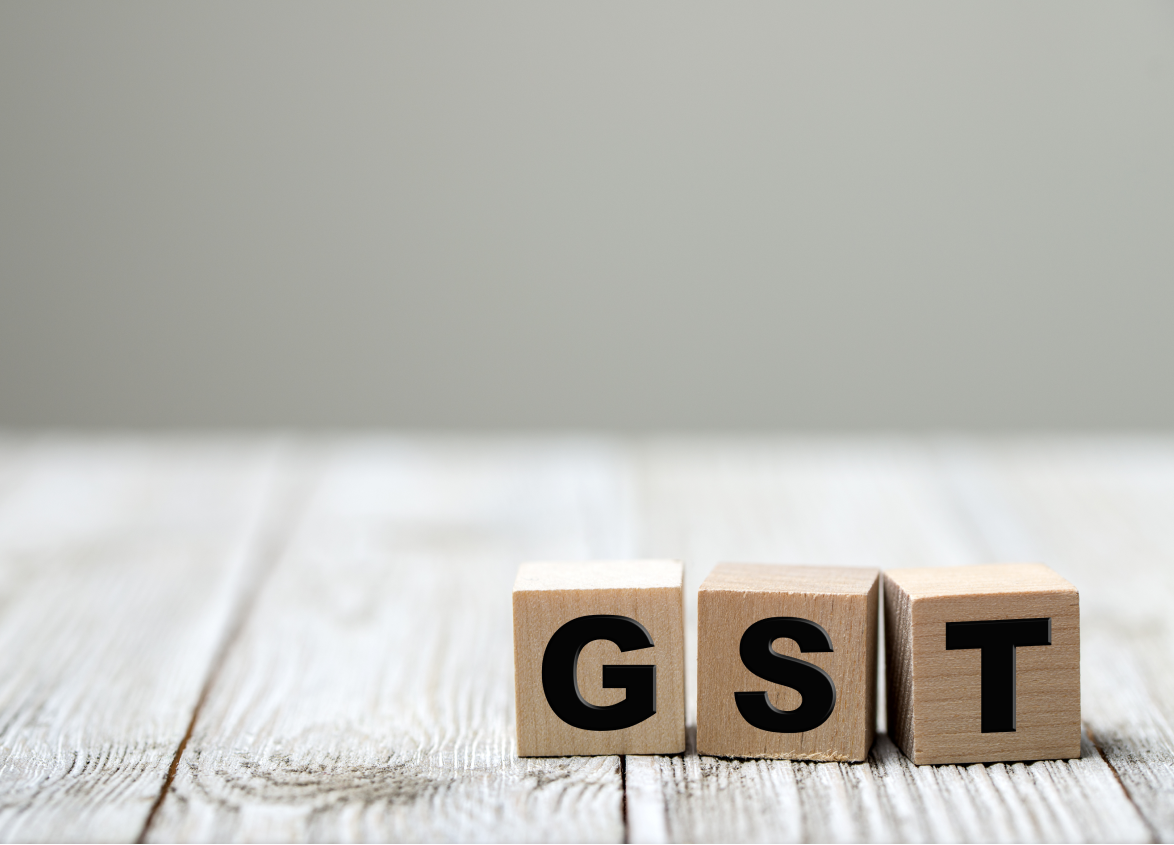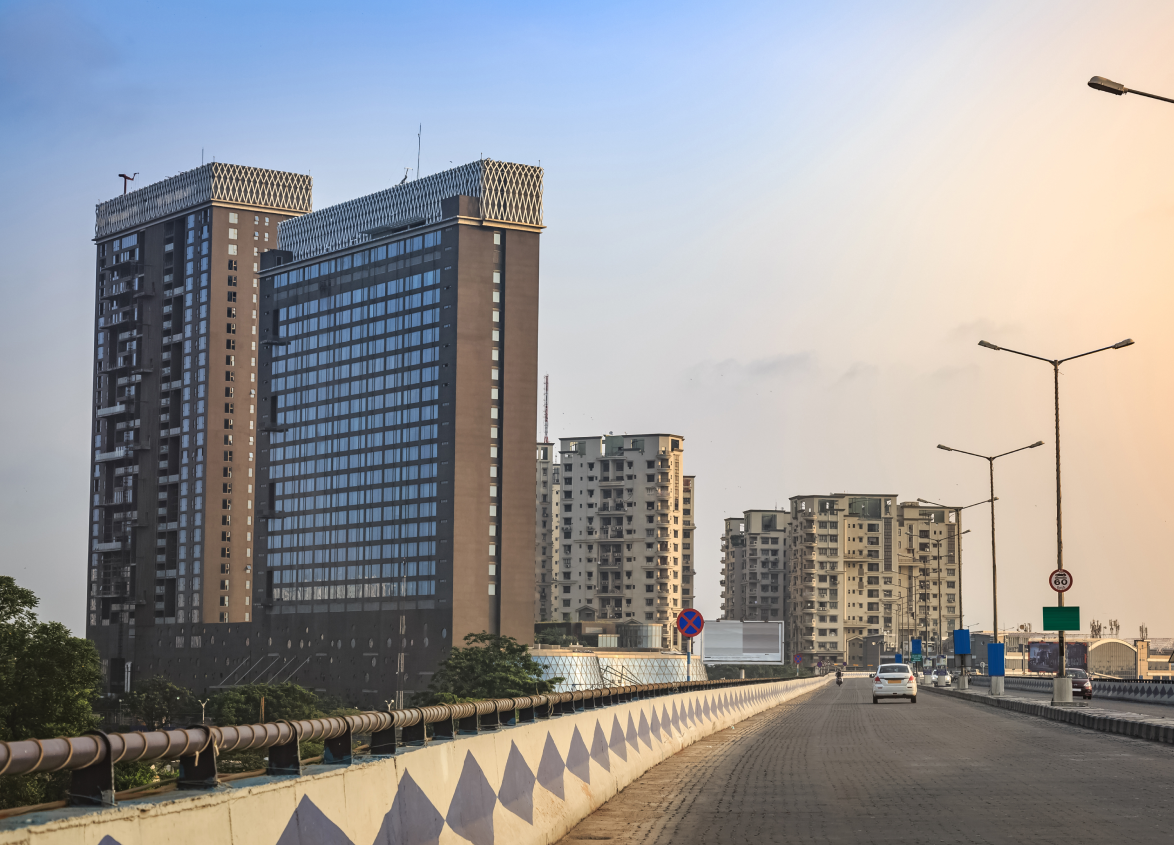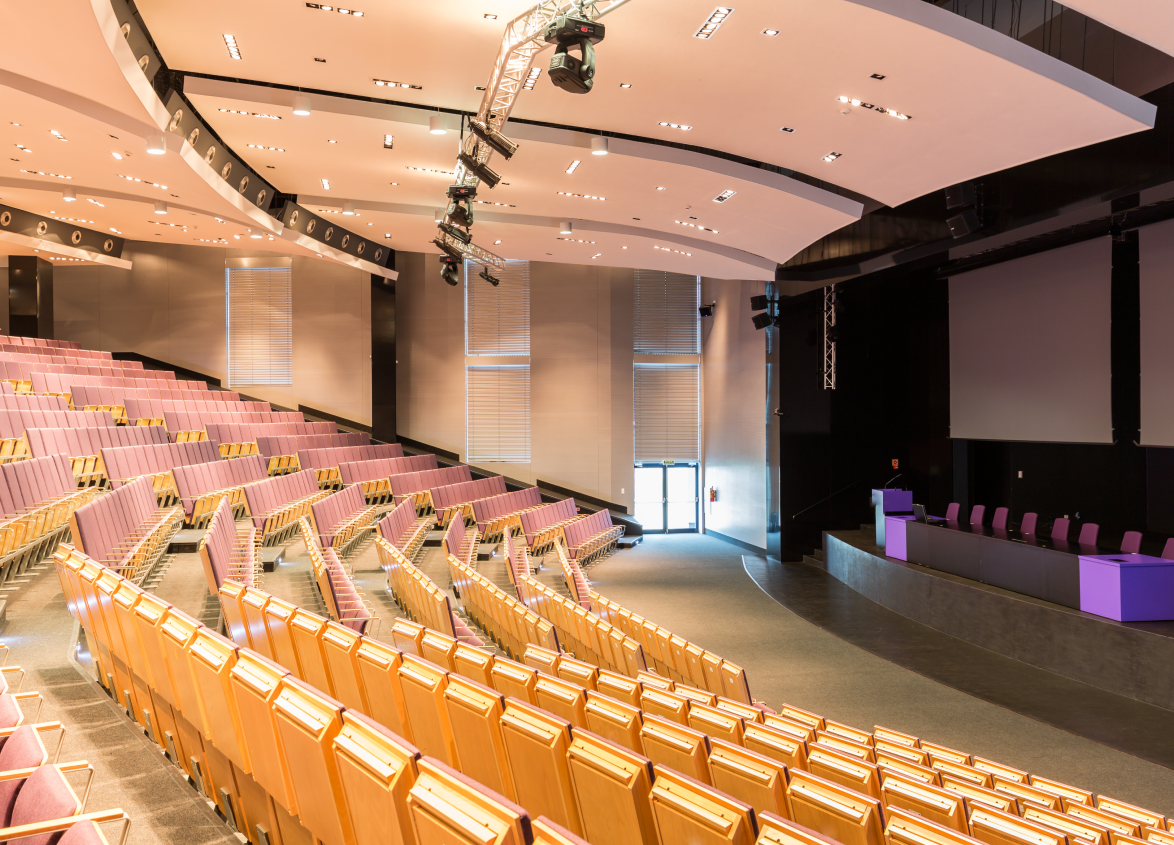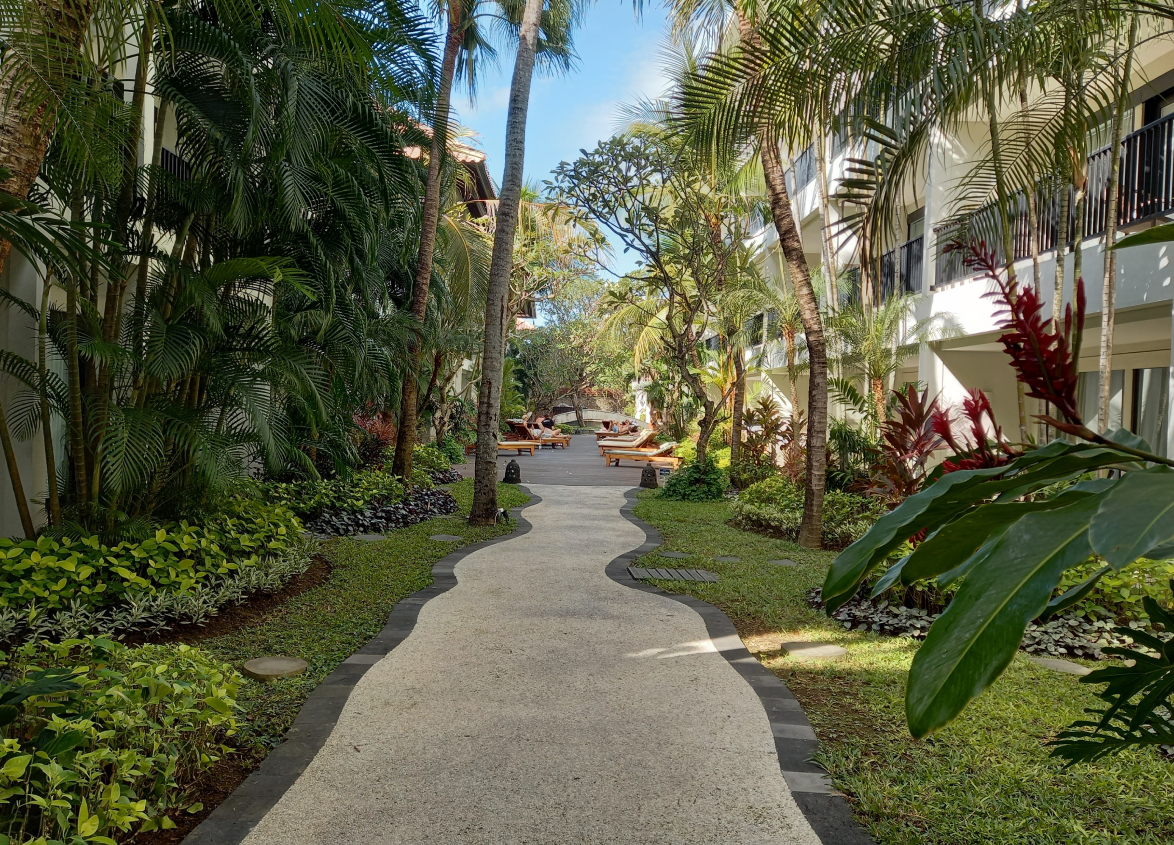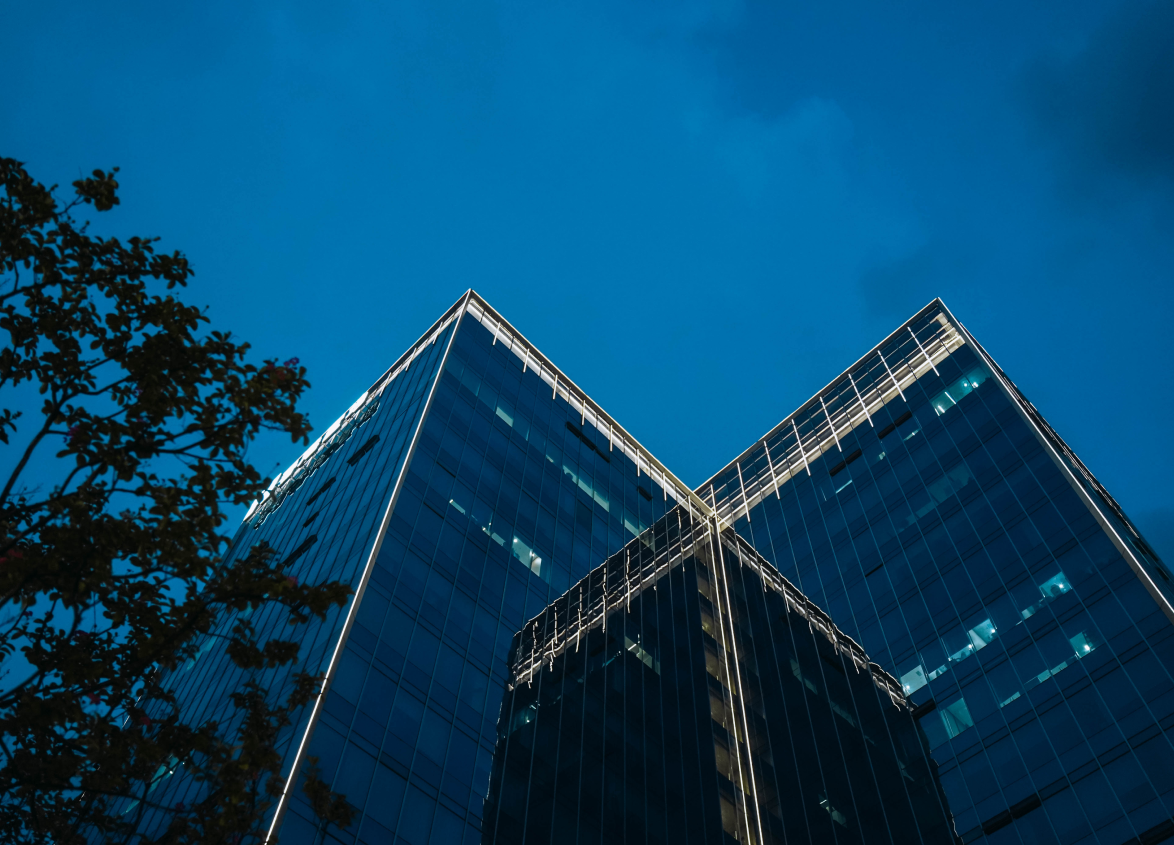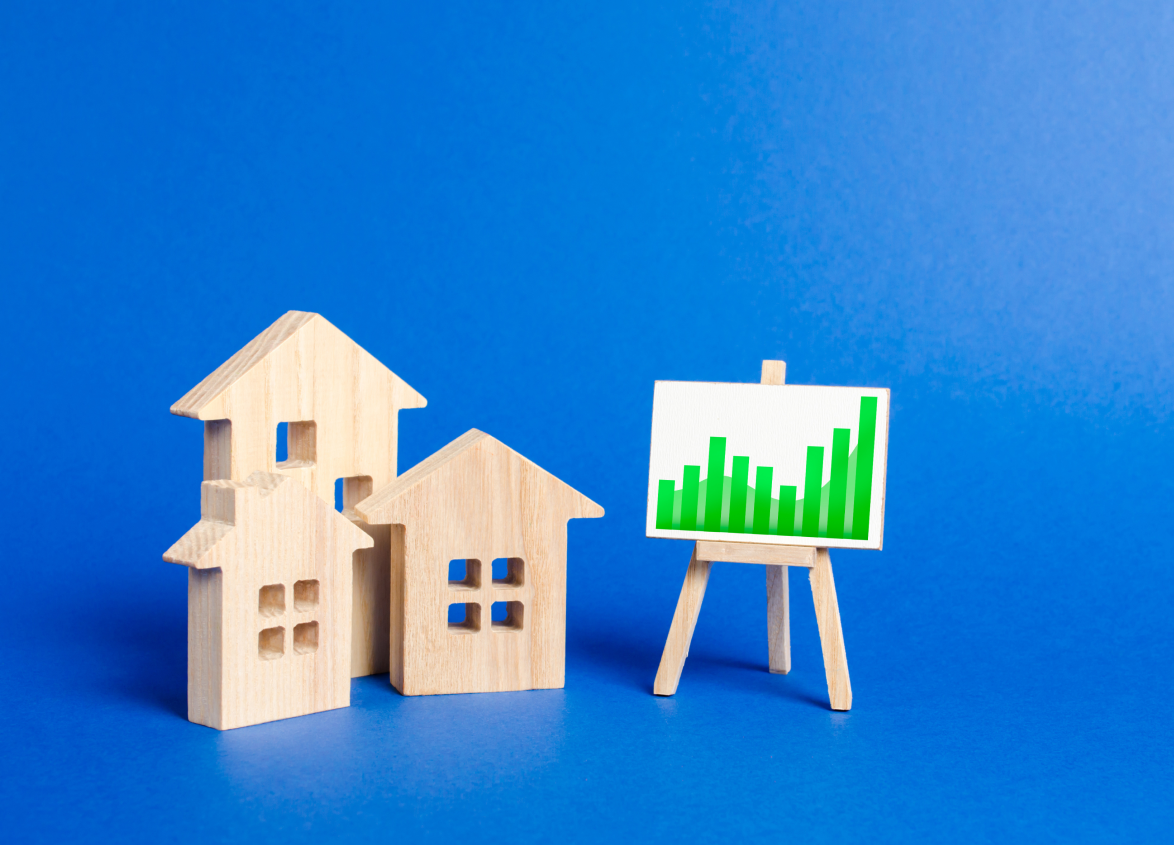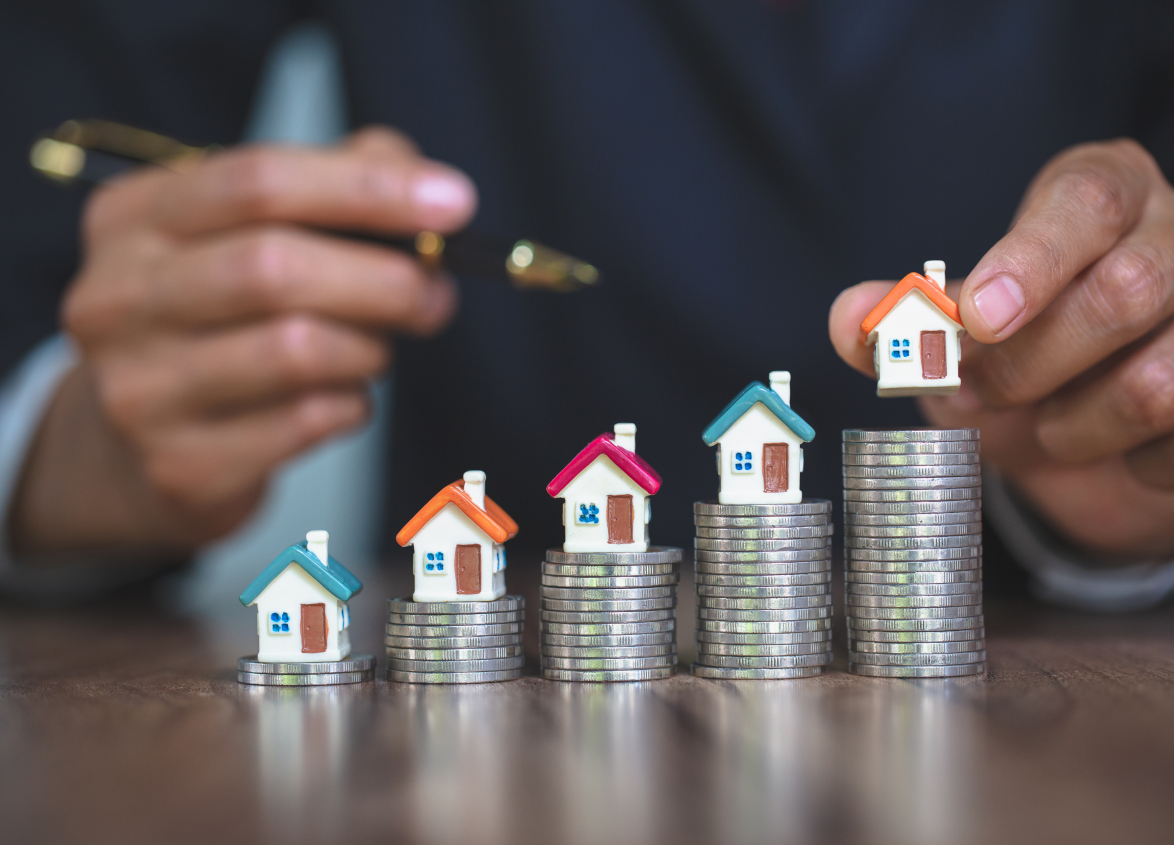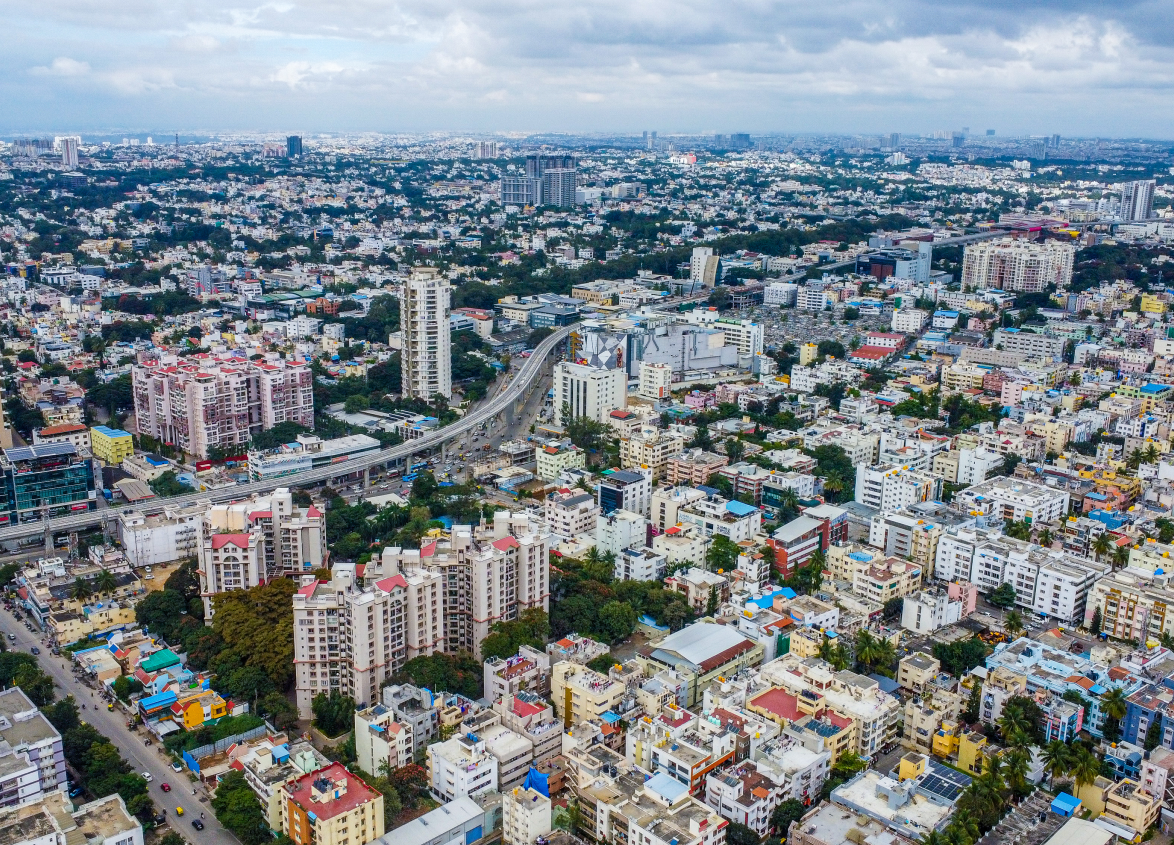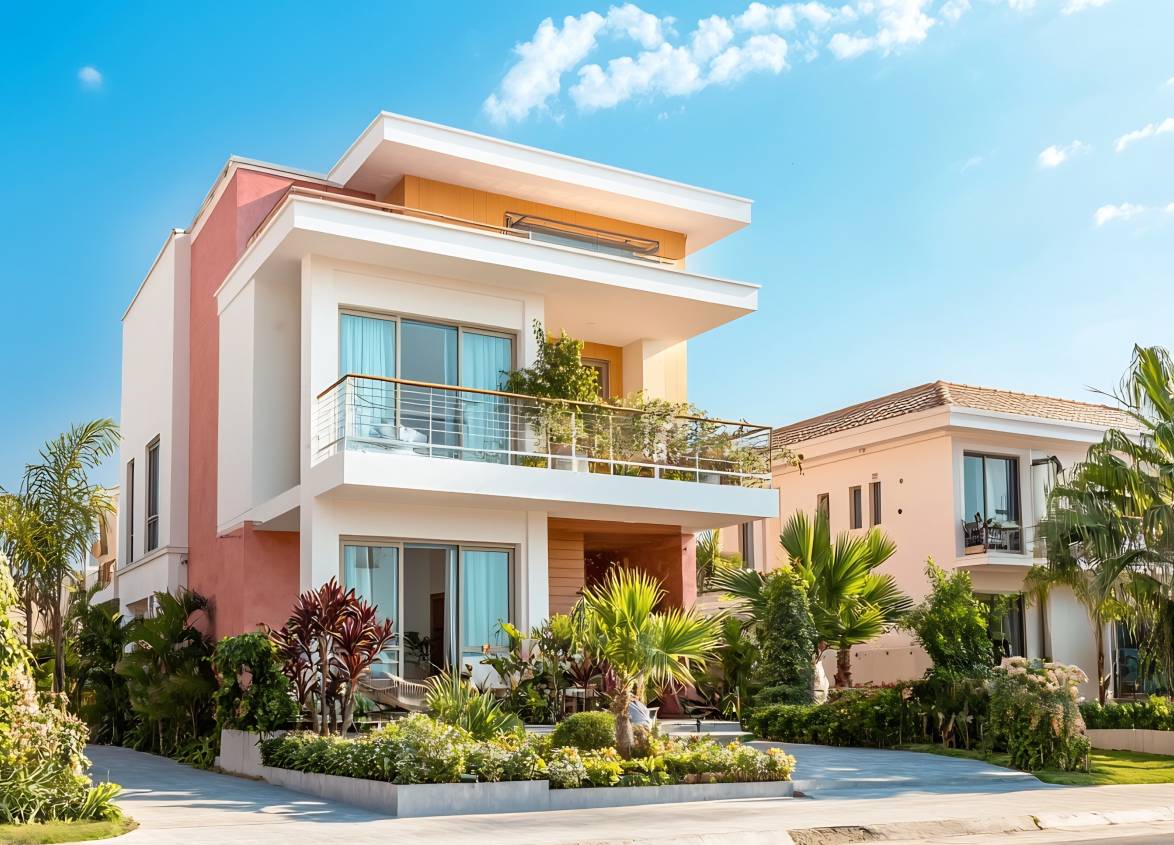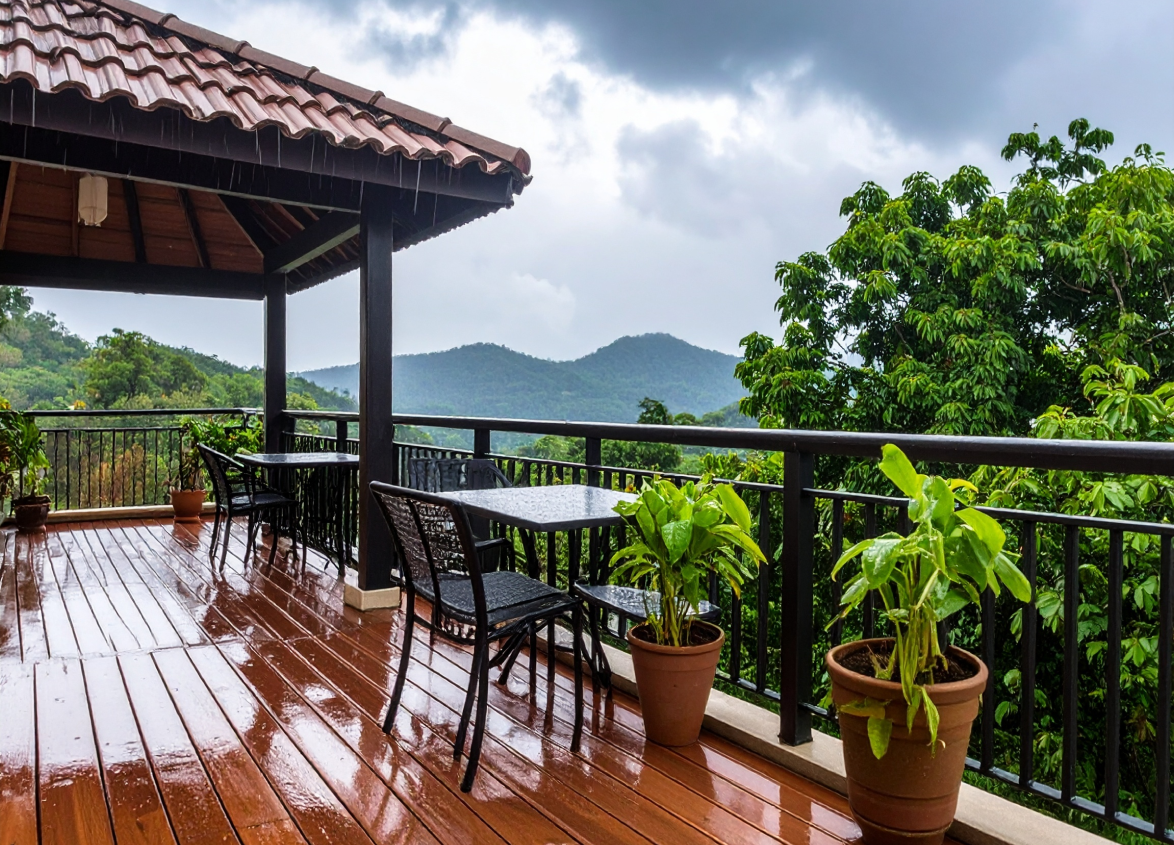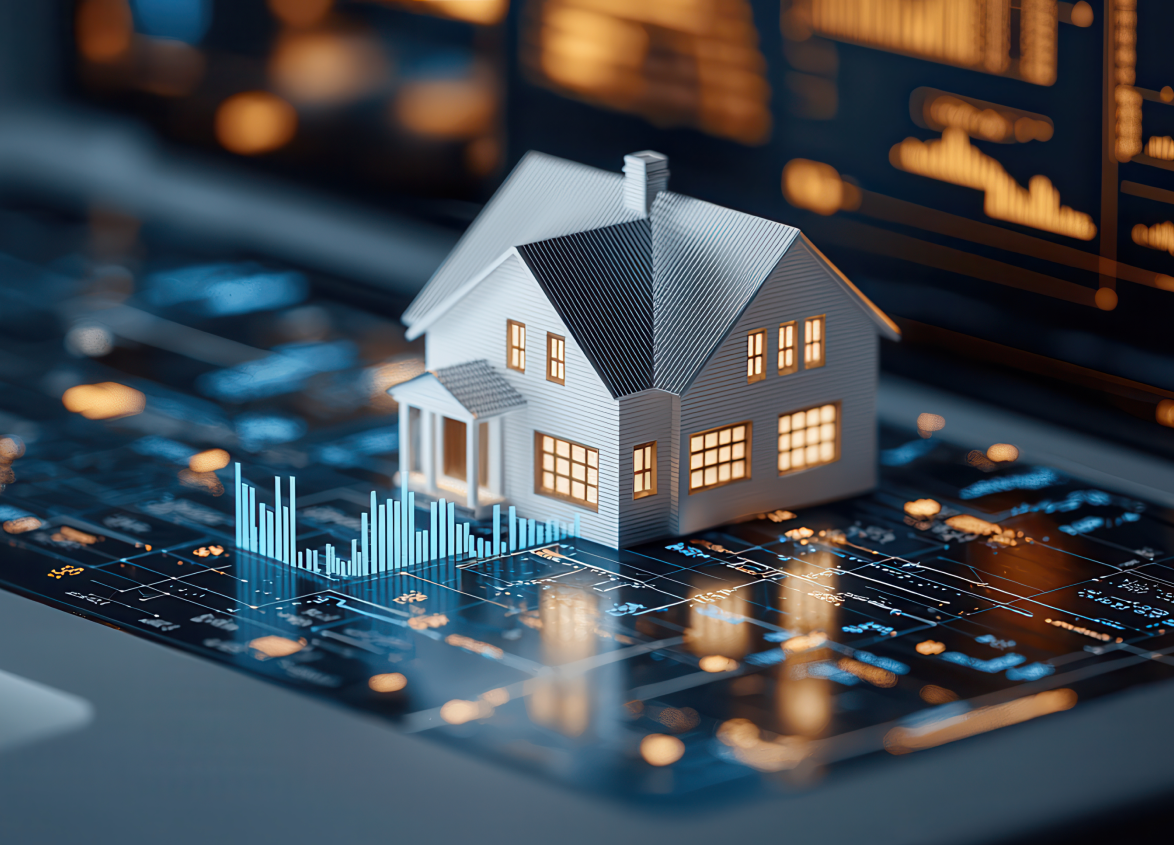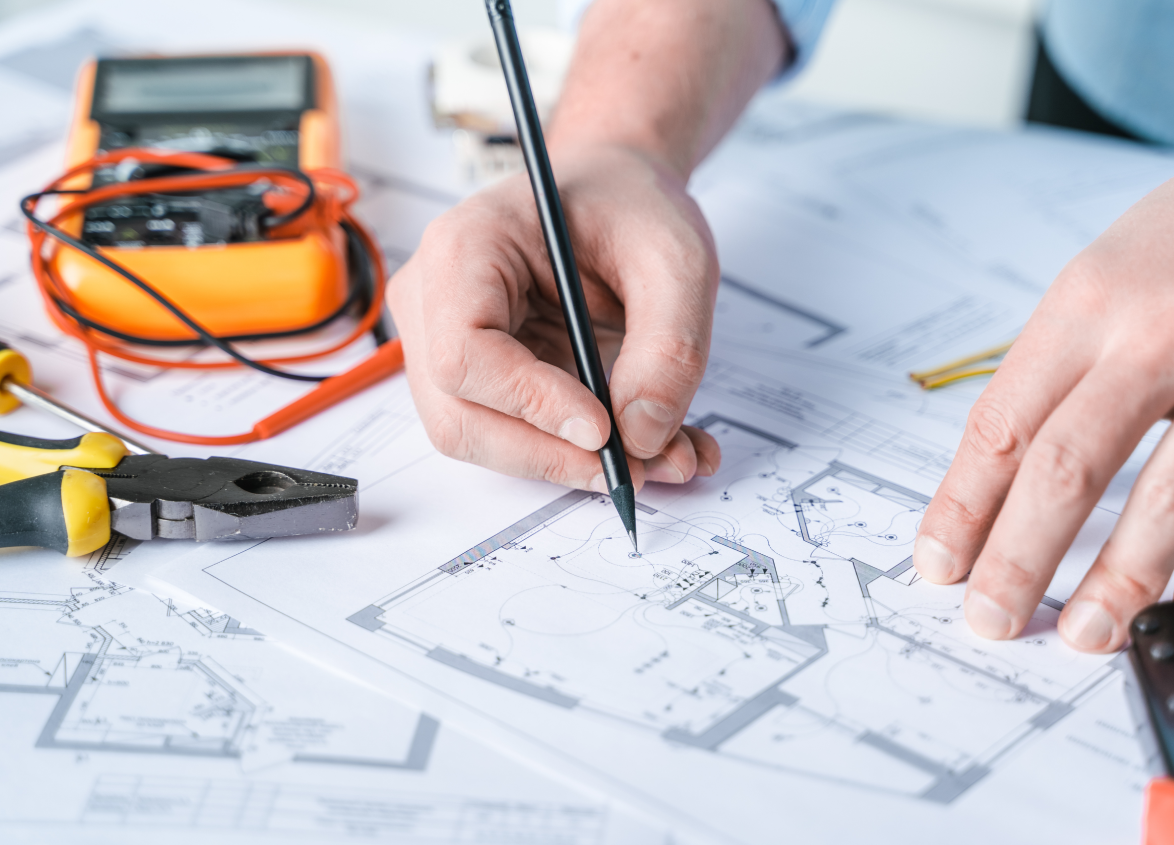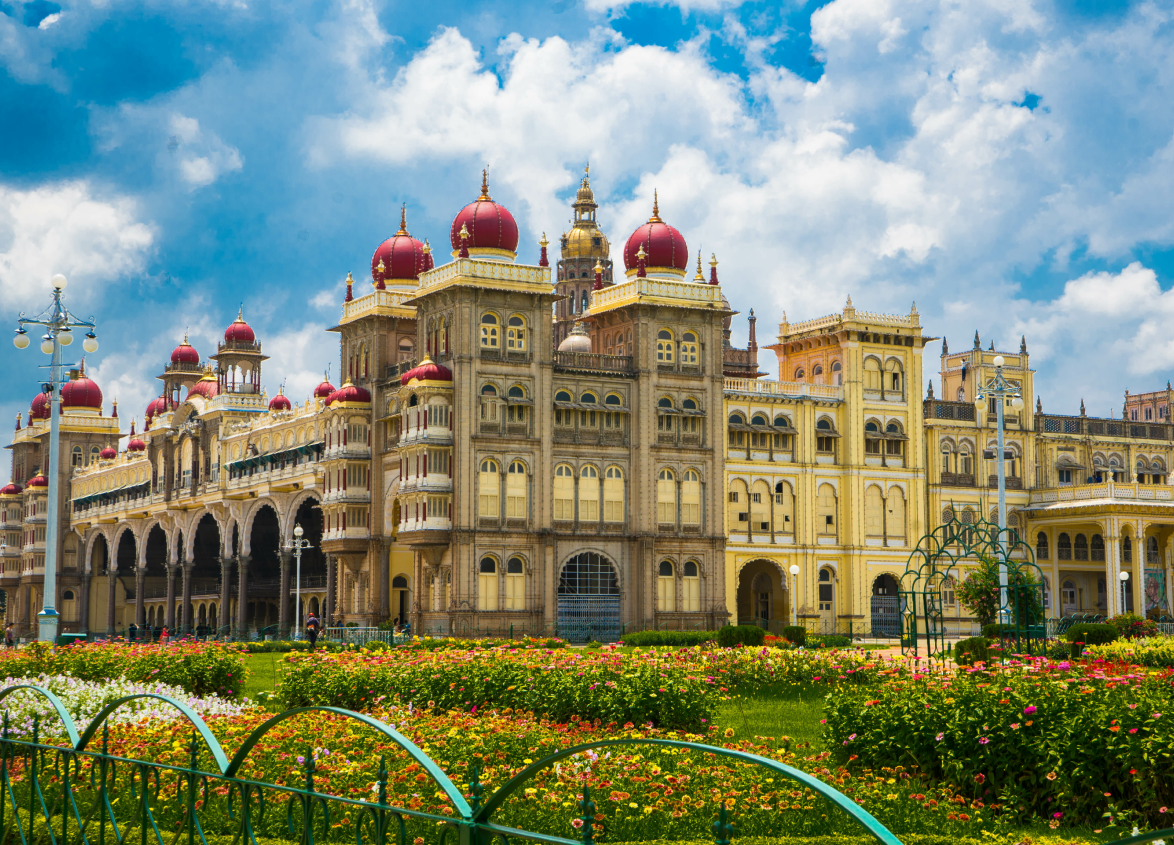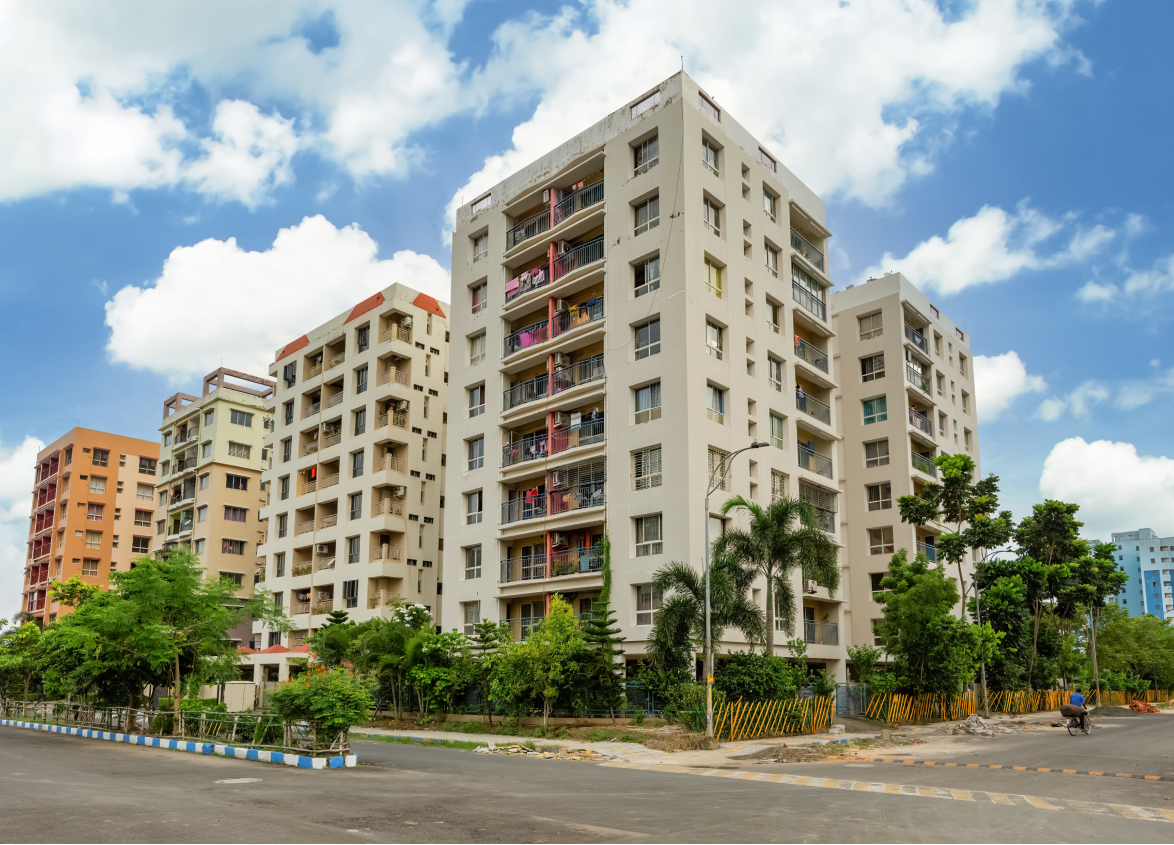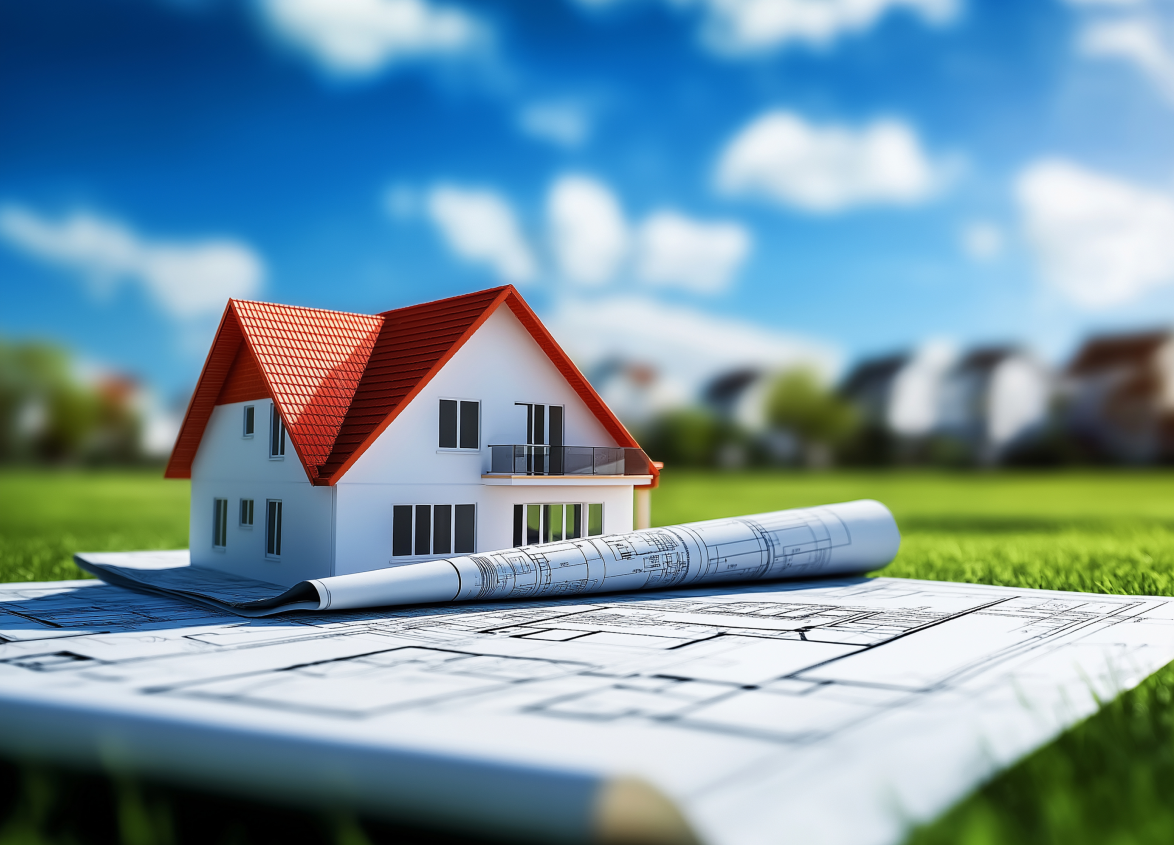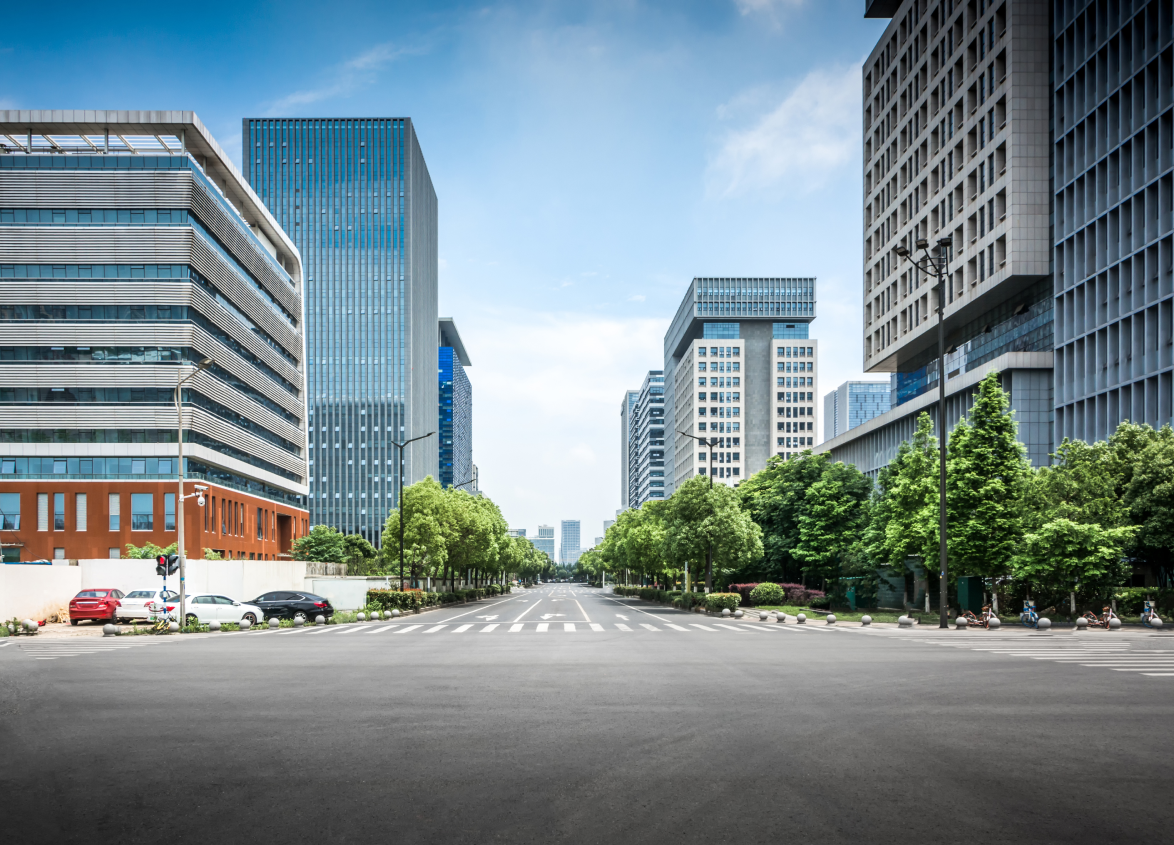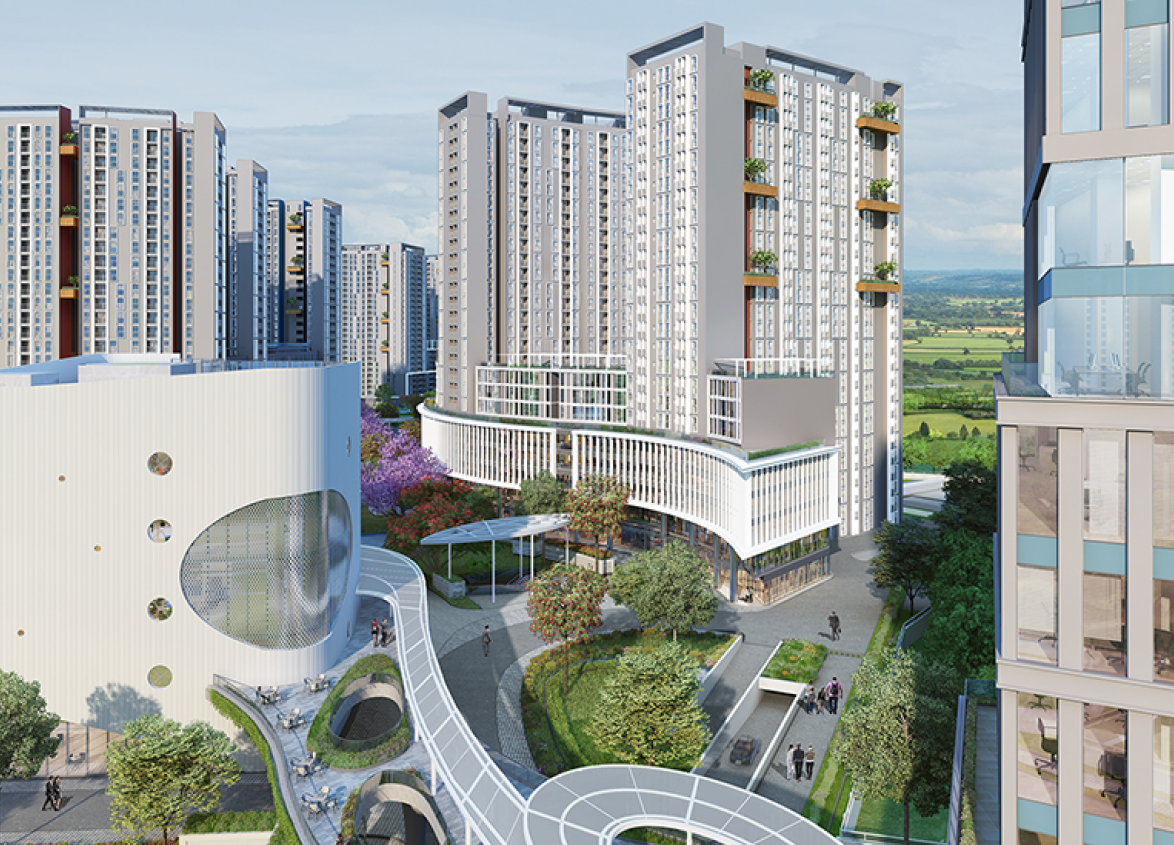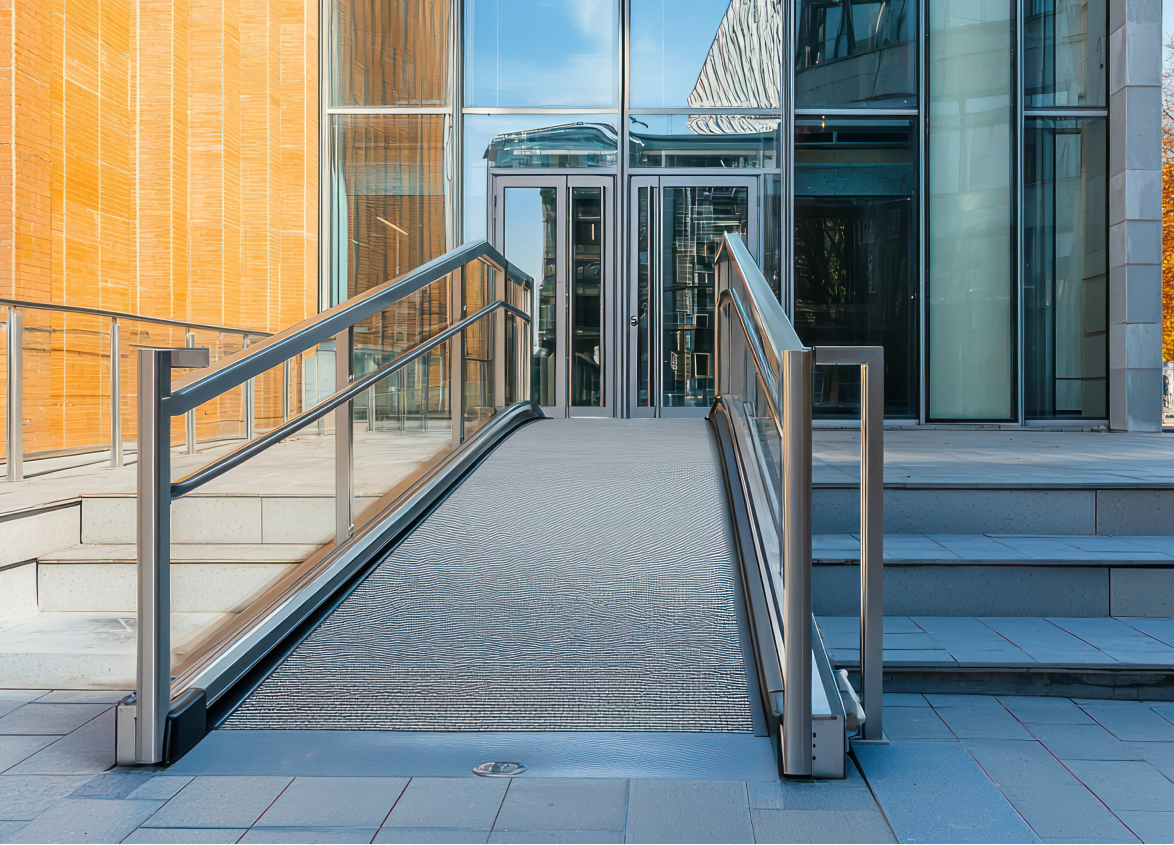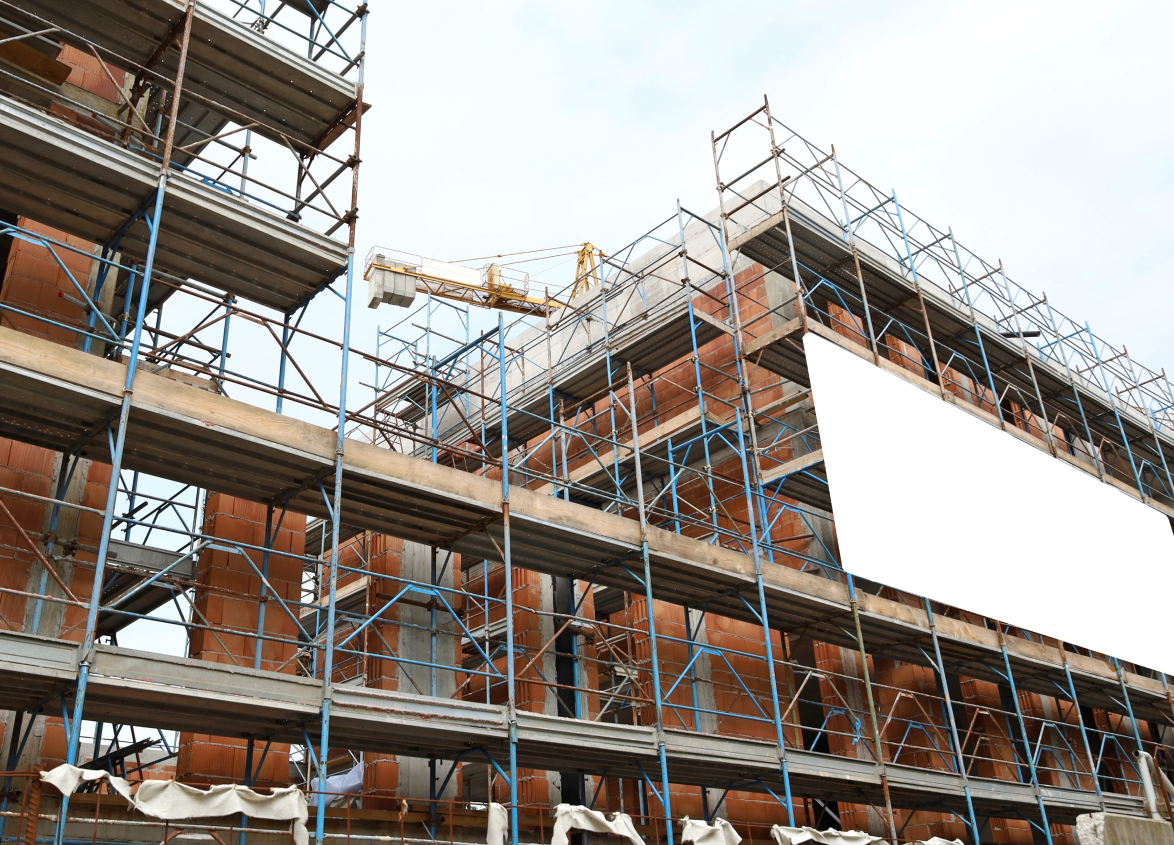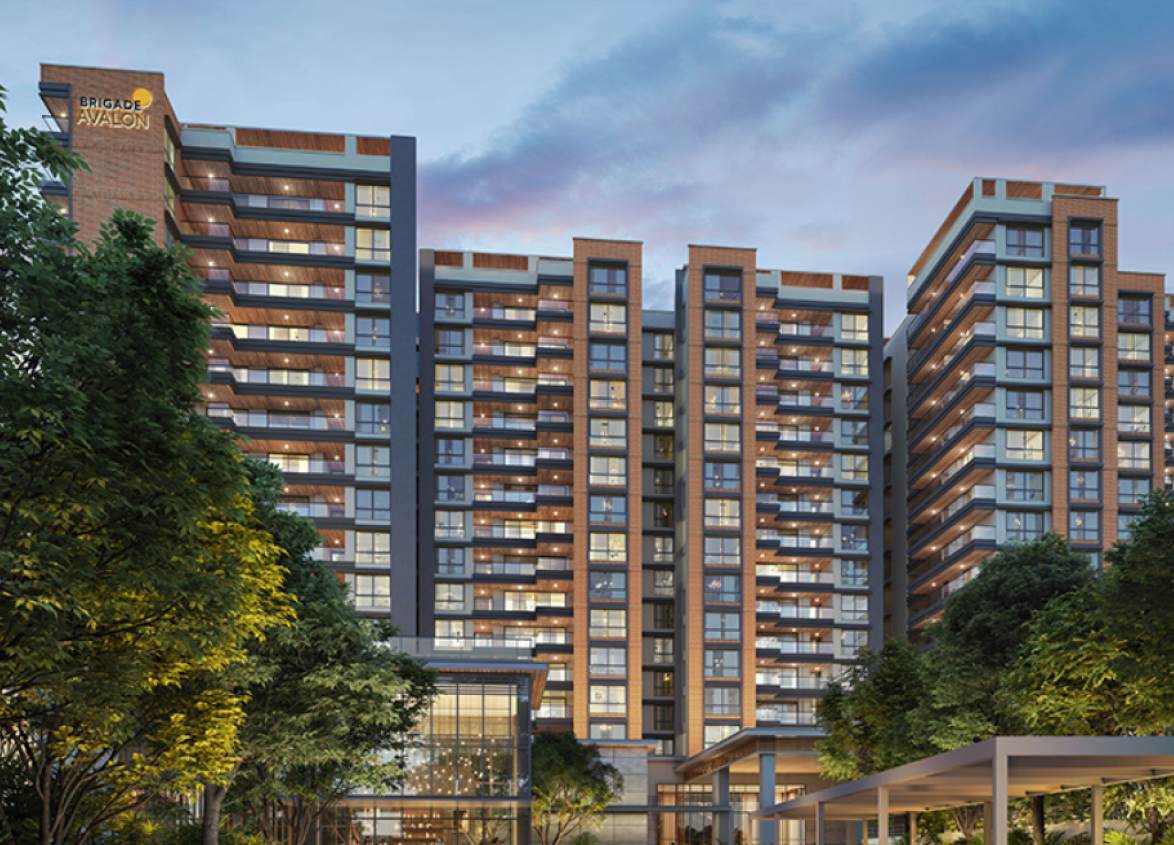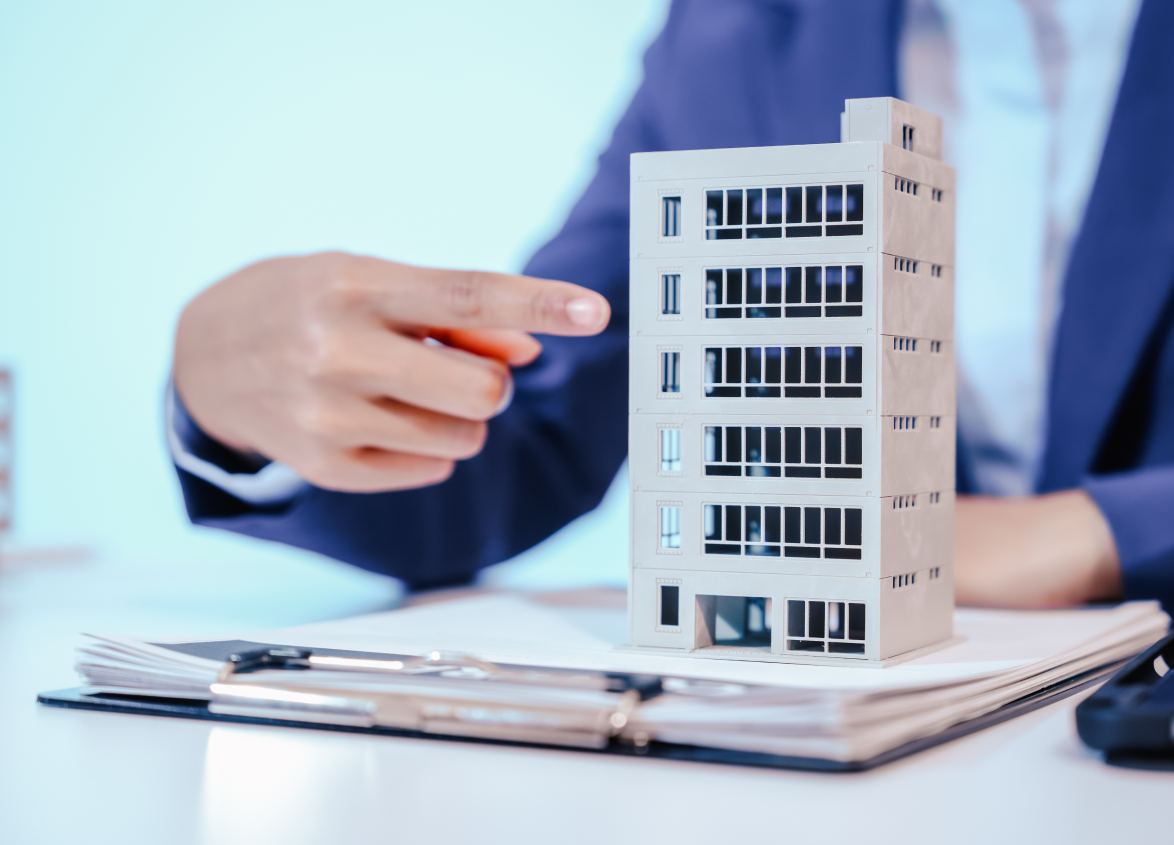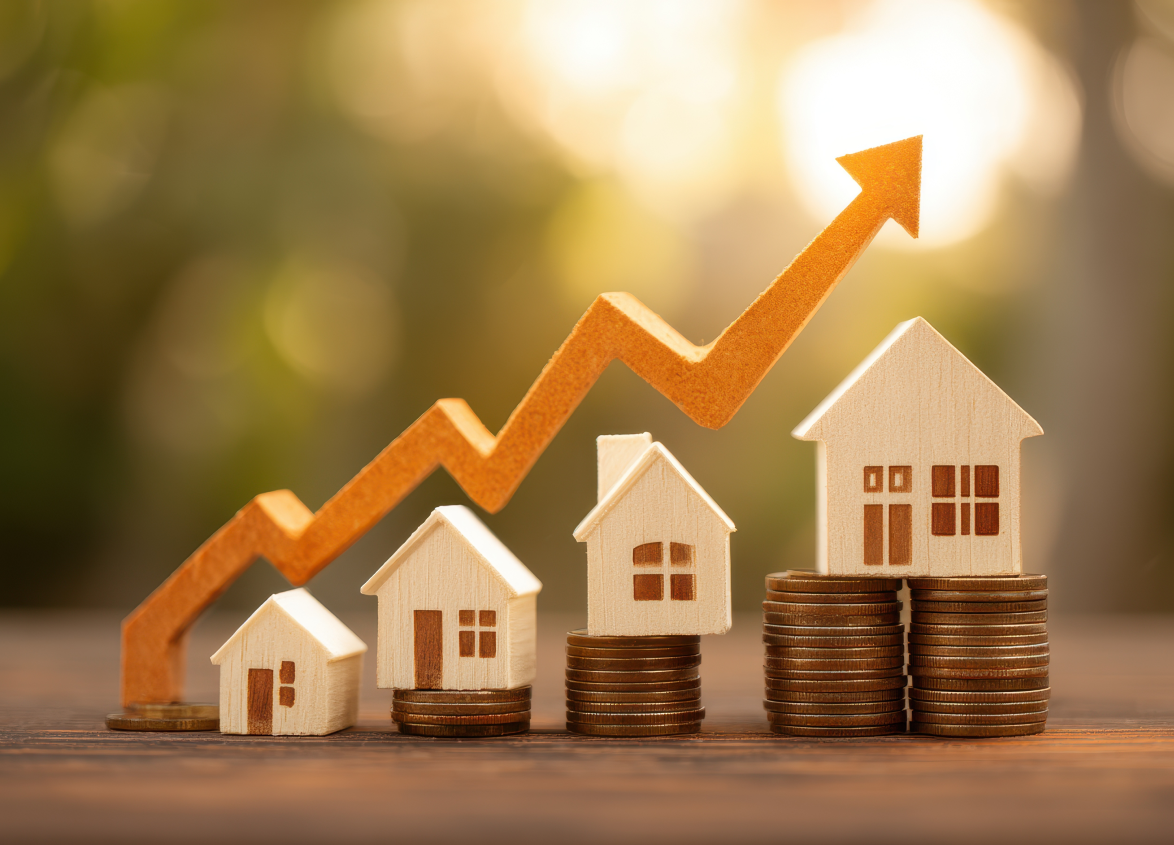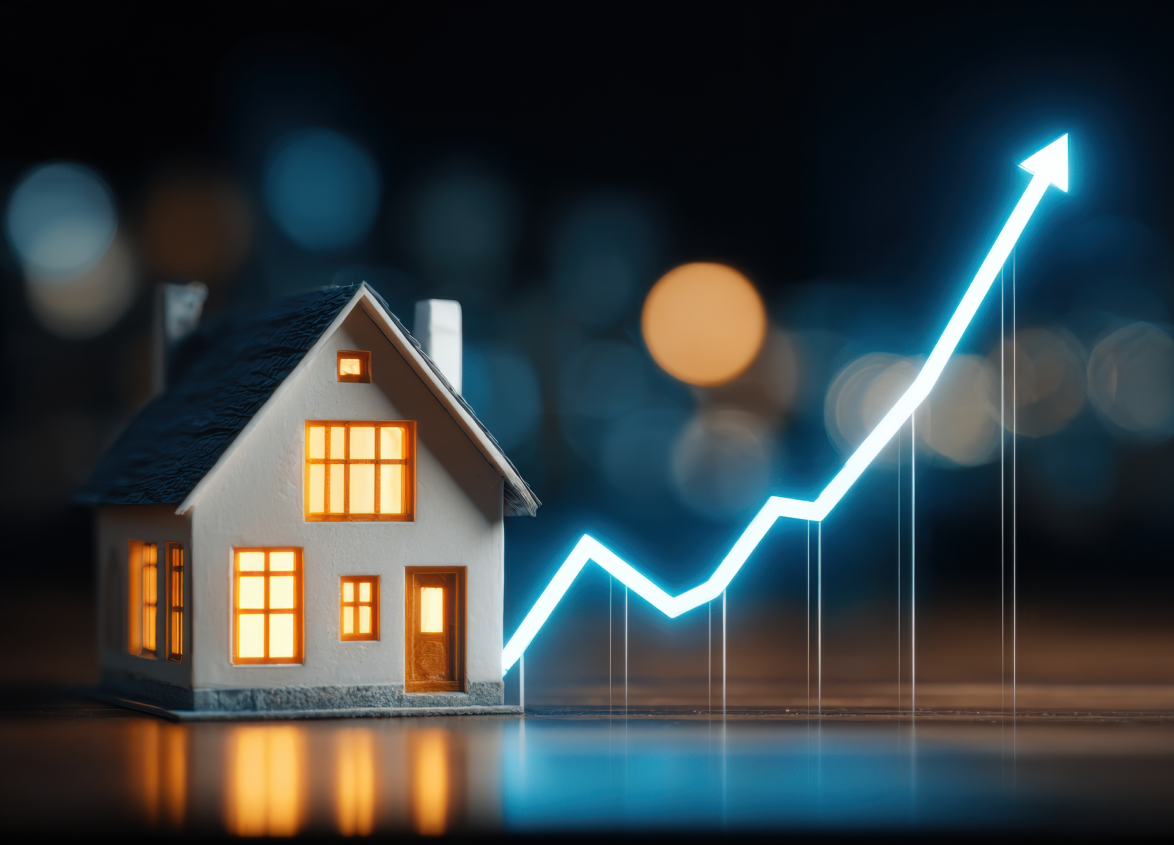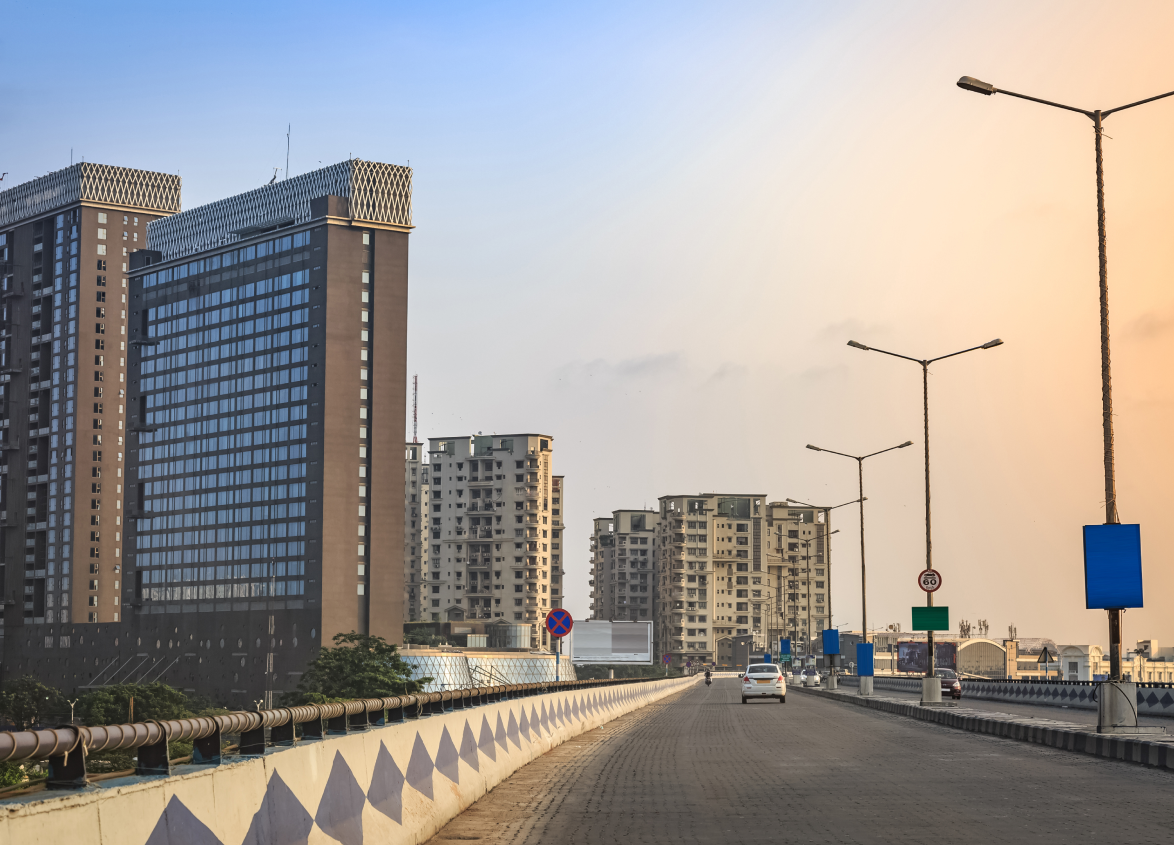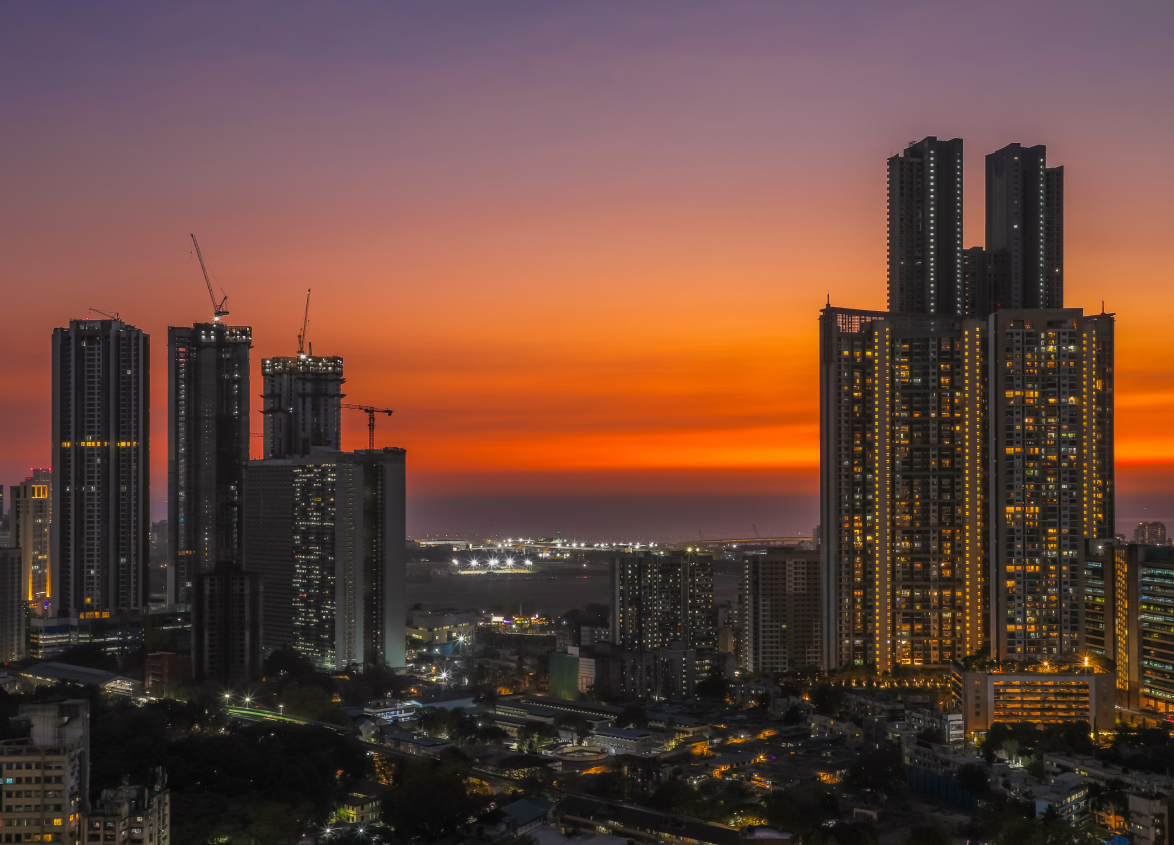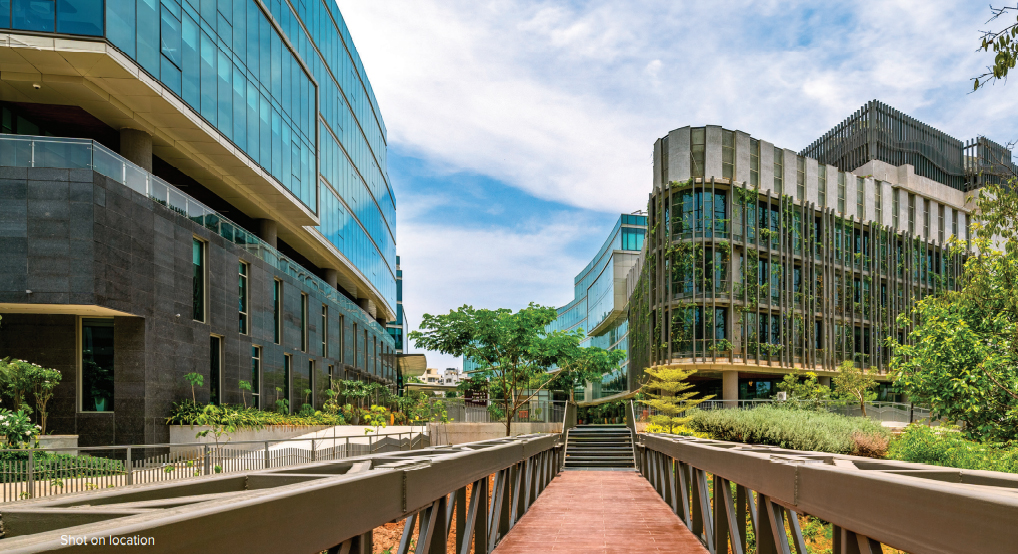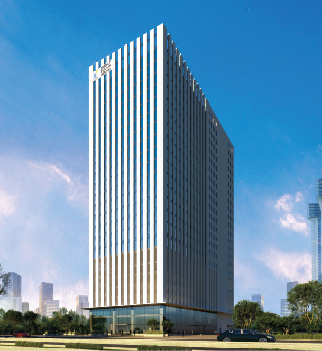
Residential
How GST Impacts Residential Property Prices: What Buyers Should Know
August 28, 2025
The introduction of the Goods and Services Tax (GST) has had a profound impact on several sectors of the Indian economy, with real estate being one of the most significant areas of change. Whether you’re a first-time homebuyer or a seasoned investor, understanding how GST on residential property affects prices is crucial. From under-construction flats to ready-to-move-in homes, the tax structure influences the final price you’ll pay. Let’s delve into the specifics of GST’s effect on property prices and what you, as a buyer, need to know.
What is GST and Why Was it Introduced in Real Estate?
GST, which was implemented in July 2017, is a single tax that subsumes various indirect taxes, such as VAT, service tax and excise duty, into one system. This has helped streamline the tax structure across different sectors, including real estate. Before GST, the real estate industry dealt with a complex mix of taxes, each varying by state and project type. This lack of uniformity made it difficult for developers and buyers to predict costs accurately.
The Pre-GST Era: The Problem of Multiple Taxes (VAT, Service Tax, etc.)
Before the introduction of GST, the Indian real estate sector was subject to several taxes:
VAT (Value Added Tax):
This tax applied to the sale of goods, including construction materials. It was imposed at the state level, leading to varying tax rates in different regions.
Service Tax:
Applied to the construction of under-construction properties, service tax was levied on the labor portion of the construction cost.
Stamp Duty and Registration:
These state-imposed taxes were separate from the sale value of the property.
The multiplicity of these taxes meant that a buyer was subjected to different rates depending on the state and project, adding a layer of complexity and confusion to property purchases.
How GST Simplified the Tax Structure and Promoted Transparency?
GST replaced these various taxes with a single tax regime, thereby simplifying the entire process. Now, buyers and developers are subject to one consistent tax rate that applies across the country, reducing the administrative burden on both parties. The tax structure is more transparent, ensuring that hidden costs or excessive taxes do not drive up the price of residential properties.
With GST, homebuyers can now expect clear pricing, without worrying about state-specific taxes or hidden costs. Developers can claim tax credits for the tax they’ve paid on raw materials and services, which can reduce the overall cost of construction and, in turn, benefit the buyer.
The Most Crucial Distinction: Under-Construction vs. Ready-to-Move-In
The application of GST varies significantly depending on whether the property is under construction or already completed. Let’s explore these two categories and how GST affects their pricing.
No GST on Ready-to-Move-In Properties
Once a residential property is completed, it is considered an immovable property. Since the construction process is finished, the transaction is no longer considered a “service” but a sale of goods. As a result, ready-to-move-in properties are exempt from GST.
The Role of the Completion Certificate (CC):
A Completion Certificate (CC) is issued by local authorities once the construction of a property is complete and the building is ready for occupation. Properties with a CC are categorized as ready-to-move-in, which means GST does not apply.
Why These Properties are Considered Immovable Property:
Once a property is ready for possession, it is deemed a completed sale of immovable property. As such, GST no longer applies because the tax structure for immovable property transactions doesn’t include GST.
GST on Under-Construction Properties
GST applies to under-construction properties, since these are treated as works contract services. This essentially means that the construction process is viewed as a service provided to the buyer and therefore, it attracts GST.
Why They are Treated as Works Contract Services:
Under GST, construction is considered a "works contract" service, which involves the transfer of goods along with services (labour, material, etc.). Since the construction is still in progress, GST applies to both the material and labor costs involved.
The Two Key GST Rate Slabs for New Projects:
The GST on under-construction properties is divided into two main categories based on whether the project is affordable or non-affordable housing.
GST Rates for Under-Construction Properties
| Category | GST Rate | Input Tax Credit (ITC) |
| Affordable Housing | 1% GST (without ITC) | No Input Tax Credit allowed |
| Non-Affordable Housing | 5% GST (without ITC) | No Input Tax Credit allowed |
Affordable Housing: 1% GST (Without ITC)
Affordable housing has been given preferential treatment under GST to encourage the development of budget-friendly homes for the masses. As per the GST norms, affordable housing projects attract a lower GST rate of 1%. However, the Input Tax Credit (ITC) clause is not applicable. This means that developers cannot claim credits for the taxes paid on the raw materials and services used in the construction process and this extra cost is passed on to the buyer.
Non-Affordable Housing: 5% GST (Without ITC)
For properties that do not meet the criteria for affordable housing, the GST rate stands at 5%. Like affordable housing, these projects also do not qualify for ITC, meaning the tax paid on materials and services cannot be offset, leading to an increased final price for the buyer.
What Qualifies as 'Affordable Housing'?
To qualify as affordable housing under GST, a property must meet specific criteria regarding its price and size:
- Carpet Area Limits for Metro vs. Non-Metro Cities:
Metro Cities:
In metro cities like Mumbai, Delhi and Bengaluru, the carpet area of an affordable housing unit cannot exceed 60 square meters.
Non-Metro Cities:
In smaller cities like Mysuru, Jaipur and Pune, the maximum carpet area for affordable housing is 90 square meters.
These limits are important for buyers to understand, as they help determine whether a property qualifies for the reduced 1% GST rate.
Decoding the 'Input Tax Credit' (ITC) Clause
What is ITC?
The Input Tax Credit (ITC) allows businesses and developers to claim back the GST paid on the raw materials, goods and services used for construction. This mechanism helps to reduce the cascading effect of taxes and keeps the overall cost of construction down. However, in the case of residential properties, the ITC clause is not available under the current GST regime for under-construction properties.
The New Regime (Without ITC) and its Impact on Developers and Buyers
Under the new GST tax regime, developers are not allowed to claim ITC for residential projects. This means that developers cannot recover the tax paid on materials or services used during construction. As a result, this additional cost is passed on to the buyer, which leads to an increase in the final sale price of the property.
In simpler terms, developers pay the GST on construction services, but they cannot claim credits for the tax they have paid. This results in higher costs for both the developer and the buyer. For the buyer, this means that the final price of the home will be higher due to the lack of tax offsets.
A Practical Example: Calculating GST on a Residential Property
Let’s break down the GST calculation for both affordable housing and non-affordable housing to understand its impact on the final price of a home.
Affordable Housing Example:
Suppose you are buying an affordable housing unit in Pune, priced at ₹30 lakhs. The GST on affordable housing is 1%.
Price of Property:
₹30,00,000
GST at 1%:
₹30,00,000 * 1% = ₹30,000
Total Price (Including GST):
₹30,30,000
Non-Affordable Housing Example:
Let’s take an example of a non-affordable housing unit priced at ₹60 lakhs.
Price of Property:
₹60,00,000
GST at 5%:
₹60,00,000 * 5% = ₹3,00,000
Total Price (Including GST):
₹63,00,000
As you can see, the impact of GST on non-affordable housing is significantly higher than on affordable housing, both in absolute terms and percentage-wise.
Conclusion
Understanding how GST on home purchase impacts residential property prices is essential for any buyer in today’s real estate market. With GST now being applicable to under-construction flats, it’s important to be aware of the different GST slabs and how they can affect the final price of the property you wish to purchase.
In essence, ready-to-move-in properties are free from GST, while under-construction properties attract GST at different rates, depending on whether the property qualifies as affordable housing. Buyers should also consider the implications of the Input Tax Credit (ITC) clause, which no longer applies to residential projects, causing an increase in the overall cost for the homebuyer.
By being aware of these nuances, homebuyers can make informed decisions and manage their property investments more effectively. Whether it’s an affordable home or a luxury flat, understanding GST can help buyers navigate the complexities of today’s real estate market.
FAQs
Q1. Is GST applicable to resale properties?
No, GST is not applicable on resale properties. GST is only applicable to under-construction properties.
Q2. What is the benefit of buying a ready-to-move-in property in terms of tax?
A ready-to-move-in property is exempt from GST, meaning buyers don’t have to pay any additional taxes on the purchase.
Q3. Can I get a refund for the GST I paid on an under-construction flat?
No, refunds are not applicable for GST paid on under-construction flats. However, buyers can seek a reduction in tax burden if the builder agrees to pass on the GST benefits.
Q4. How do I know if my property is 'affordable housing' for GST purposes?
Check the carpet area limit (60 square meters for metro cities, 90 square meters for non-metro cities) and ensure the price meets the government’s definition for affordable housing.
Q5. Does GST apply to the purchase of a plot of land?
No, GST does not apply to the purchase of land. It is only applicable to the construction of a building or property.
Q6. What else to consider apart from GST while buying a residential property?
Apart from GST, buyers should also factor in stamp duty, registration charges, property maintenance costs and the reputation of the developer.
Q7. Are Stamp Duty and Registration Charges Included in GST?
No, stamp duty and registration charges are separate from GST and are charged based on the value of the property.
Q8. What is the GST to be paid on maintenance charges?
GST is applicable to maintenance charges at 18% for services provided by residential welfare associations and property management companies.
MUST READ
Looking for something specific?
We'd be delighted to help you.


